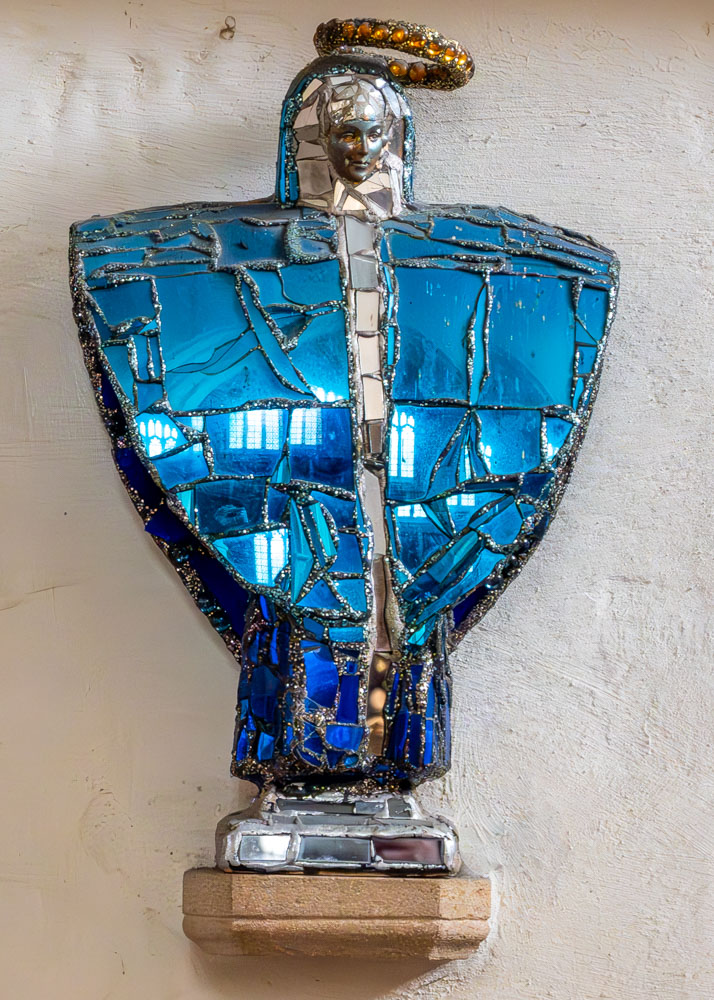
The Chapel of the Annunciation
The Chapel of the Annunciation is a small, peaceful space within St Mary’s Church, named for the moment when the angel Gabriel announced to Mary that she would bear God’s son. This sacred encounter marks the beginning of the Christian story of Jesus and lies at the heart of the chapel’s identity. Today, it offers a place for prayer, reflection, and storytelling: honouring Mary’s faith and the life changing message she received.
The Annunciation refers to the moment recorded in the Gospel of Luke when the angel Gabriel tells Mary she has been chosen to bear Jesus, the Son of God. It is a defining moment in the Christian tradition: one of divine communication, humble acceptance, and unfolding salvation. The chapel’s dedication to this event highlights the deep reverence Christians hold for Mary’s courageous yes, a moment that changed history and continues to inspire faith today.
Mary stands as a central figure in the Christian story: a young woman who responded with faith and courage to an extraordinary calling. In this chapel, her role is honoured not only through its name but also through the atmosphere it creates: a place to reflect on listening, trusting, and saying yes to God. It invites visitors to draw close to the humanity and holiness of Mary, and to ponder her witness and strength.
At the centre of the chapel stands the Reflecting Virgin, a striking statue of the Blessed Virgin Mary created in 1993 by Witney born artist Andrew Logan. Fashioned from broken mirrored glass, it gleams with an iridescent blue robe, a colour long associated with Mary due to its historic rarity and sacred symbolism. This modern sculpture reflects both light and the viewer, drawing worshippers into a shared space of contemplation. Its presence adds a contemporary voice to the ancient devotion the chapel represents.
In time, this chapel will host a small exhibition exploring the Victorian restoration of St Mary’s. Led by architect G E Street in the 1860s, this work transformed the interior of the church in line with the principles of the Oxford Movement. It will be an opportunity to reflect on heritage, liturgy, and the development of sacred space.

